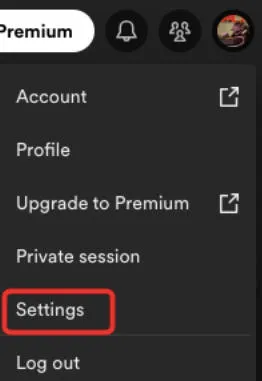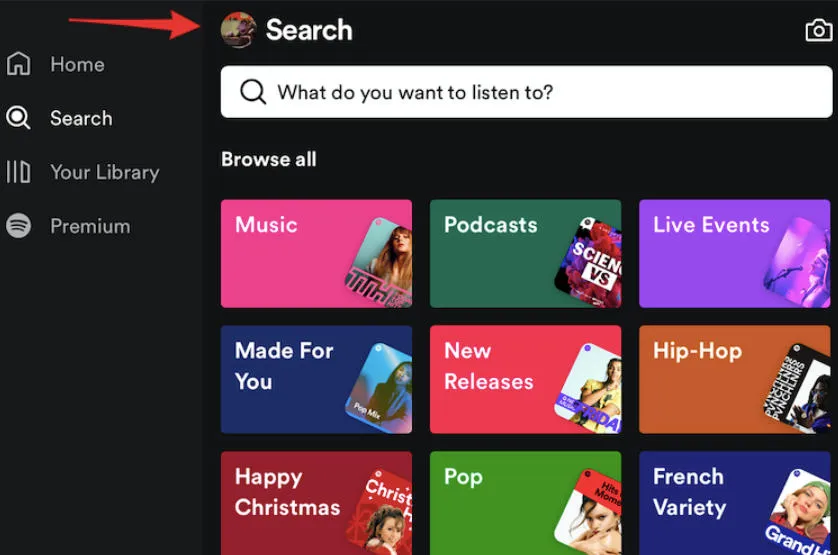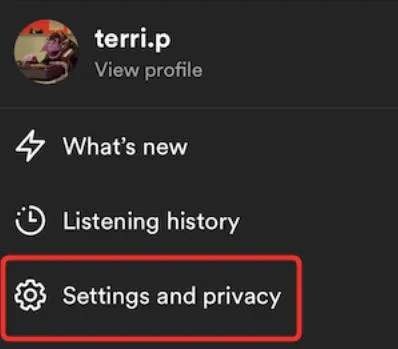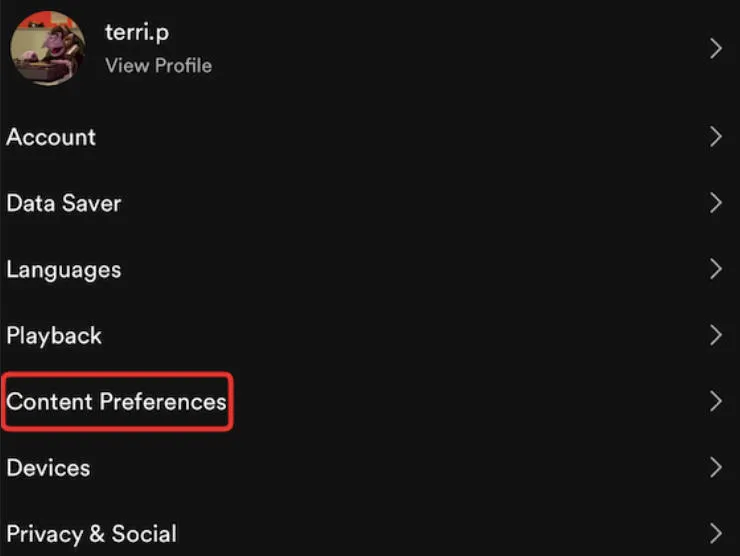The little grey E symbol is used to denote explicit songs on Spotify - learn how it impacts your tracks & overall listening experience on the platform.
Key Points:
- What Counts As Explicit Content?
- How To Adjust Your Spotify Content Settings
- Frequently Asked Questions
What Counts As Explicit Content?
The practice of marking content as Explicit began in the United States in 1987 with the advent of Parental Advisory stickers. Since then, digital content has used the E symbol to denote content that includes language that is considered sexual, violent, or otherwise offensive in nature.
It's worth noting that a single explicit track on an album will require the entire album to be marked as explicit.
How To Adjust Your Spotify Content Settings
If you would like to adjust your settings to hide all tracks with explicit lyrics or otherwise explicit language from your music streaming experience - or from the account of younger listeners, you can do so by following the steps below:
From The Desktop App
While you will not be able to adjust these settings via the desktop site, you can do so via the Spotify desktop app.
Click your profile picture on the top right corner. Click Settings.

From there, toggle on or off the Explicit content option.

From The Mobile App
From the Spotify mobile app, tap your profile picture icon on the top left.

From here tap Settings and Privacy.

Tap Content Preferences.

Toggle Allow explicit content filter either on or off.

Frequently Asked Questions
Do podcasts and other non-music content also get the 'E' label?
Yes, any content that includes explicit themes can be labeled with the E.
Is there a difference in sound quality between 'Explicit' and 'Clean' versions?
No - other than the presence of adult content in the explicit version there is no difference in the quality between Explicit and Clean versions on any streaming service.
Can artists choose not to have their songs labeled as 'Explicit'?
Yes - both the Parental Advisor label on physical record labels as well as the Explicit content on music streaming services is voluntary and not required by law. This applies to both Spotify and Apple music, as well as other streaming services.
Because of this, Spotify listeners may occasionally come across tracks not labeled as Explicit that may include sexual references, strong language, or other adult themes. Such content cannot be filtered out using the Explicit content filter unless it is labeled with the E.
What is a Spotify Jam?
Premium users can host a Jam which allows users to listen to the same queue of tracks at the same time, either in person or virtually.



